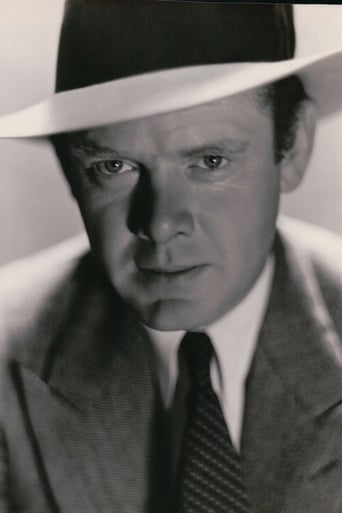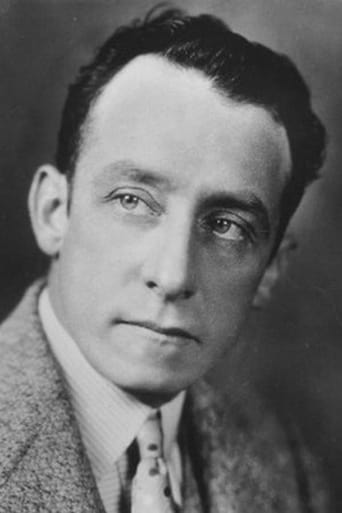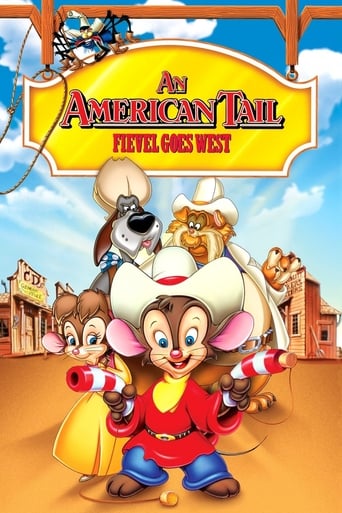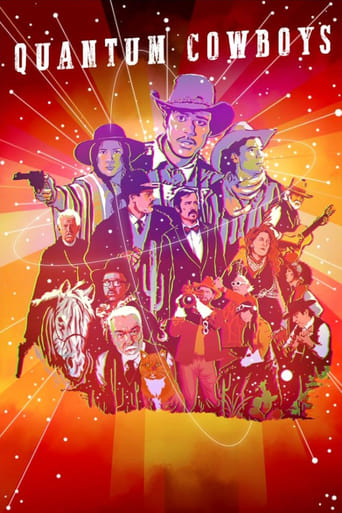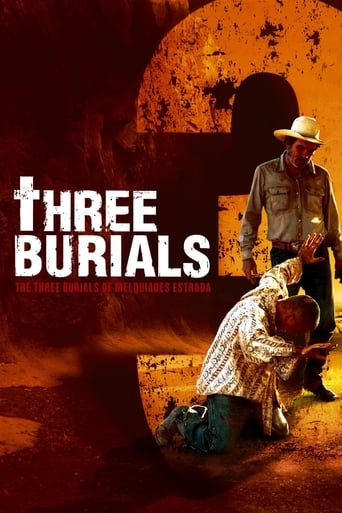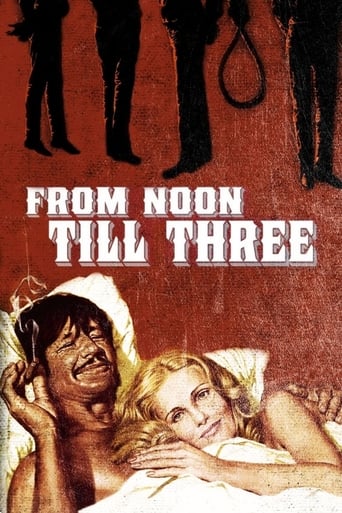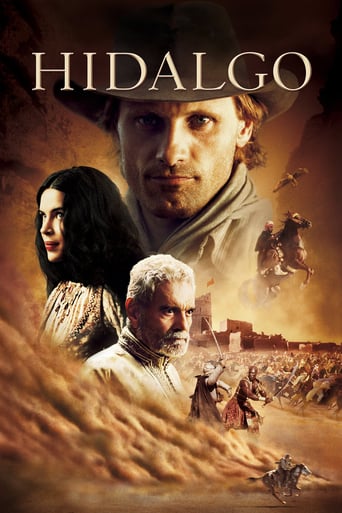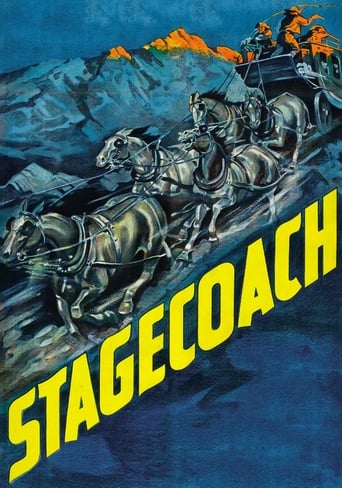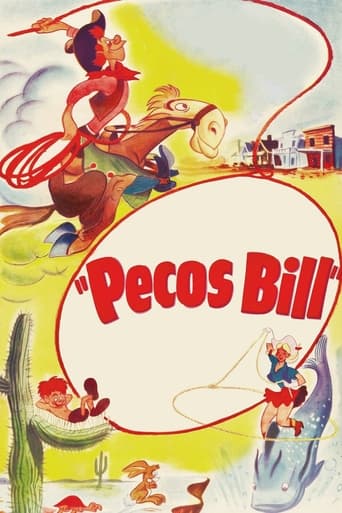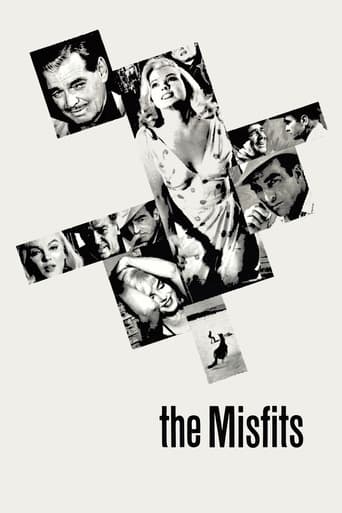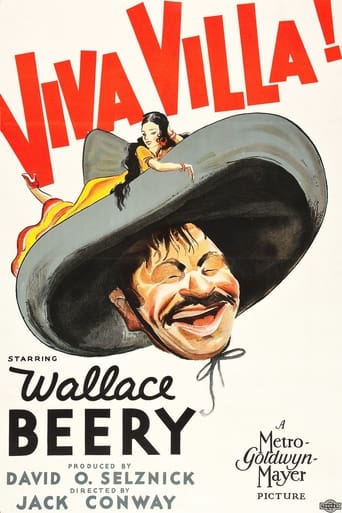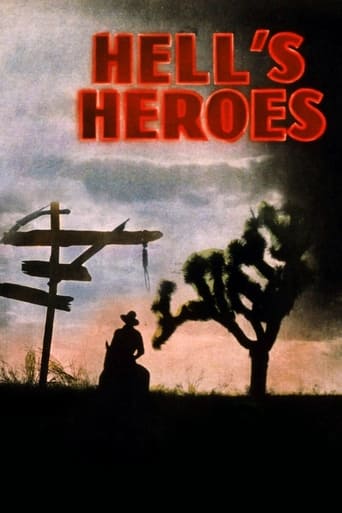
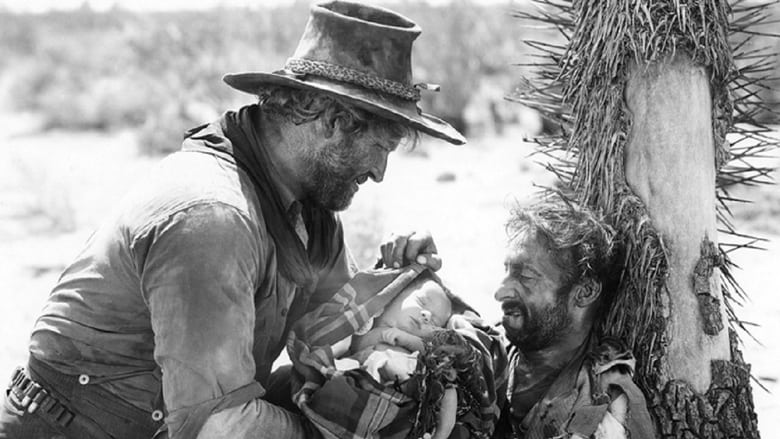
Hell's Heroes (1929)
Three bank robbers on the run happen across a woman about to give birth in an abandoned covered wagon. Before she dies, she names the three bandits as her newborn son's godfathers.
Watch Trailer
Cast


Similar titles
Reviews
This is an early version of John Ford's "Three Godfathers" and is itself a remake of Ford's still earlier "Three Badmen." I've never seen the last but "Three Godfathers" has more of Ford's rough humor and corny sentiment. It's also in crisp and impressive color."Three Godfathers" had John Wayne in the lead and you pretty much know he's going to survive -- at least long enough to reach the town of New Jerusalem with the baby he holds in his arms, thoroughly dehydrated, and order a tall cold beer in the saloon before collapsing."Hell's Heroes," directed by William Wyler, isn't at all funny or sentimental, though the religious symbolism is unavoidable. Four men rob a bank. One is killed outright. The other three escape into the desert, lose their horses, and adopt the newborn infant of a mother dying alone in an abandoned wagon. There isn't enough water for all of them. The three bandits trudge off towards New Jerusalem but, one by one, they fall dead by the wayside until only Charles Bickford is left. He dislikes the baby. ("What the hell do you want now?") He blames the infant for the deaths of his best pals.In the end, having shed all his accoutrements except the wrapped-up baby, he reaches the end of his rope at a well. The well is poisoned but Bickford can walk no farther. So he sacrifices himself. He drinks his fill of the arsenic water and it gives him an hour before it kicks in. By that time he should have made it to the town. He does make it successfully, but instead of collapsing in a saloon he dies in a church, having saved the infant.It's one of the earliest talkies and is pretty rough hewn. All the bandits talk tough but Bickford is the toughest of them all. He winds up dead and in rags on Christmas day, and no one applauds his arrival. Well, it's a noble death. I suspect these days that some of us would have drunk all the water without sharing it with the infant and, when it quivered and was still, would have eaten the child. It's a Social Darwinist world out there.
Regretfully, I only caught the last 15 minutes or so during its latest broadcast on TCM. I'm a Westerns buff and have seen both the later (Morris, et al & Wayne et al) versions, as well as the original silent. Ran across this one by accident when I got up too early on a Sunday morning. Despite having only seen its last 1/4 hour, I was ab-so-lutely blown away by how much better it was than any of those other productions. Wyler's direction is spectacular - visually spare while bursting with information. Does anyone know ANYWHERE I might be able to get a copy (DVD or VHS) for personal viewing? If I must, I will wait around for two or ten years 'til it shows up again on TCM (maybe Encore Westerns?), but I have got to see the whole thing. Thx for any help you can give. -peace
I've only seen this once but found it to be a remarkable and compelling early film from the dawn of the "talkies." It's title is misleading as a Christmas movie but this is a great film for Christmas with wonderful symbolism throughout the movie. Peter B. Kyne wrote the story about three desperate villainous outlaw bank robbers who are ironically confronted with the wife and newborn son of a man they had just killed and must now risk their own lives to try to save the child. Screenwriter Tom Reed adapts the novel in this William Wyler directed film. Wyler who had an illustrious 45 year career directing movies had been a silent film director and had just made the transition from silents to talkies the year before this film in 1929's Love Trap, his first full talkie feature. Wyler would go on to direct such classics as Jezebel, Mrs. Miniver, The Best Years of Our Lives, Ben Hur and Funny Girl among many, many more fine films so it's interesting to see a film by him here at the dawn of his greatness. This film had been done once before as a silent in 1916 titled Three Godfathers starring Harry Carey and would be done again in 1936 as Three Godfathers with Chester Morris and again as Three Godfathers in 1948 with John Wayne and Carey's son Harry Carey Jr. This is so stark and gritty and imaginative that it is my favorite of the two remakes that would follow. Charles Bickford stars along with Fred Kohler and Raymond Hatton. Bickford enjoyed a long career in films and television but Hattaon was a screen actor for almost 50 years in a career that began in early silents in 1909 and continued through a small role 1967's In Cold Blood. Considering this was 1930 and what was accomplished here in story, dialog, sound and photography I have to knock this up a notch and give it a 10.
There is a production still photo (reprinted recently in Scott Eyeman's 'The Speed Of Sound') that has haunted me ever since I first came across it in 1968. It was in a humanities class text. We had studied von Stroheim's "Greed" and upturned the story of how. while shooting on location in the Mojave Desert, the cameras had to be iced against the heat while the crew's cook died from the solar furnace. And here, four years later in the Panamint Hills, is a black and white of a sound film crew out in the desert. A long black cable in the sand leading up to an airtight meat locker housing the camera and its operator. The sun blazing down, I wondered, what kind of a film could get done under these conditions? Further research heightened my frustration as William Wyler was listed as the director (must be a good film), but it was for Universal, already notorious for keeping their early talkies tightly vaulted.Flash forward 34 years (and a big Thank You Ted Turner and TCM). It is 2:30 AM and I can't sleep. In the next room, a VCR awaits its task of making sure I don't miss this. But I'm pacing the floor for an hour and a half, heart pounding with anticipation. "I can't be very good", I tell myself, "Bickford isn't Gable". Fade up, dozens of bat-wing parchments of nitrate flap before some lamp and credits roll, I'M FINALLY SEEING IT! The camera's lens prowls back and forth across barren landscape, as though it was looking for something. Three riders appear on horseback. The dialogue begins and it's good, the camera moves right along with the riders. The lighting is remarkable as the faces well-saturate the negative [something anyone who has attempted photography in bright sunlight will appreciate]. In town, this gang's leader is in the saloon making time with the ladies. Bickford establishes his character in this sequence as one who is harder and more heartless than anyone else in westerns. He'll tell the sheriff he's going to rob the bank (across the street). A high establishing shot shows the whole town, then a shot tracks with Bickford approaching the bank as his gang rides up. This is cinema, a montage of perceptions that completely fill the viewer's consciousness. This film is very, very good.George Robinson's photography is extraordinary, with fine compositions and contrasts. His vistas are jam packed and firmly place the viewer into this nothingness. The actors' beards progress with the time frame, and the place is so dirty you'll run for the Pledge.It's filled with those two second throwaways that tell so much about the characters but do nothing to advance the plot. Such as when the gang leans on the teller's counter, one cowboy's boot scuffs at the bottom for a bar rail. At the saloon, a short skirted woman dances for the patrons, a low angle shot gives a glimpse of garter. The sheriff, seated nearby, drops something and pretends to pick it up. He stares lecherously at the dancing knees. Yet, a moment later, when Bickford invites him to drink, the sheriff's back on his moral high horse. Bickford bites and slaps the girl, after all this is pre-code.The characters are complex and juxtaposed images abound. Charles Bickford's portrayal is unforgettable. Here is a picture that deserves recognition as one of the classics, a film that transcends its primitive equipment. Makes one wonder what else is locked up in the vaults of the Big U.


